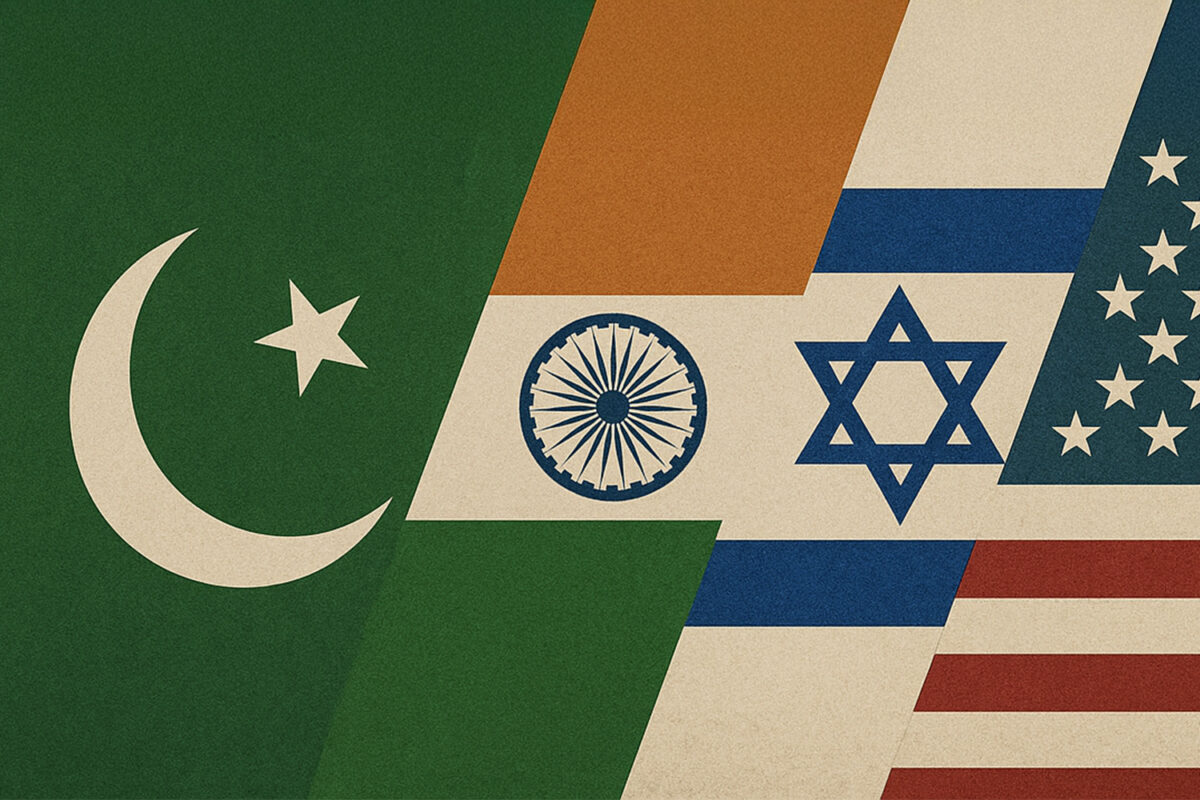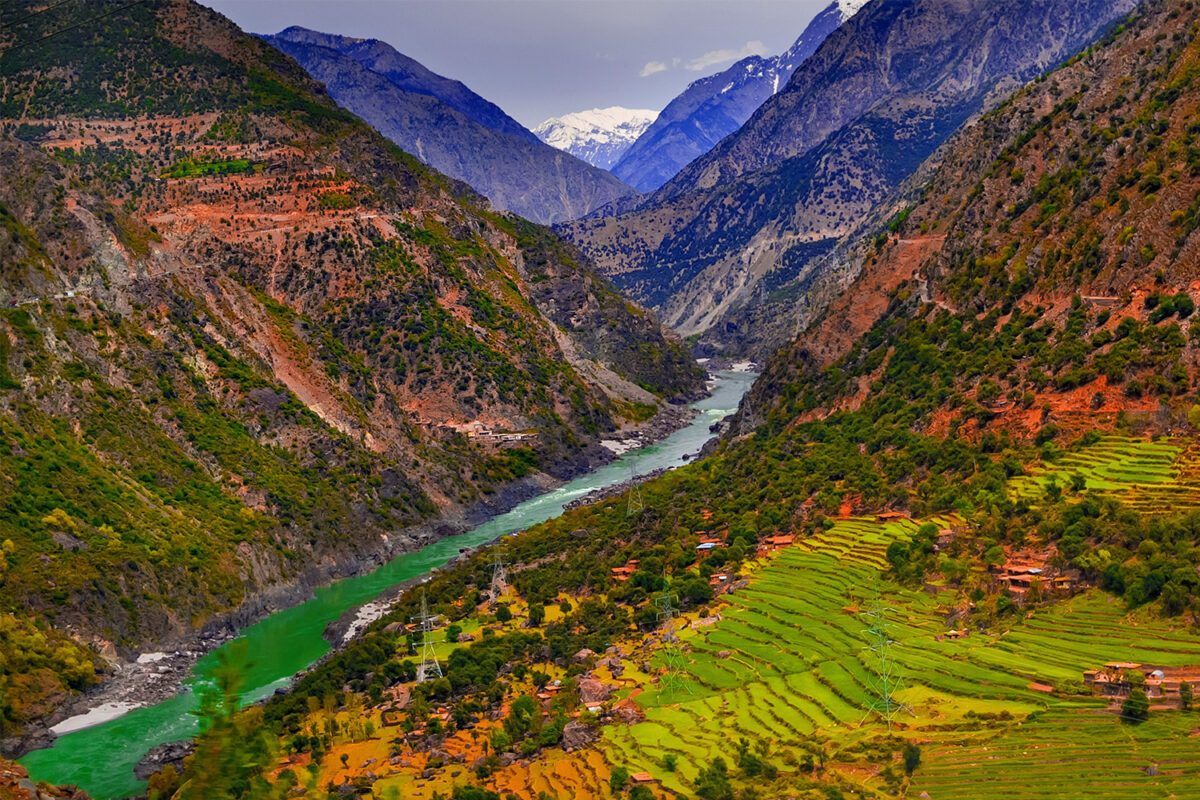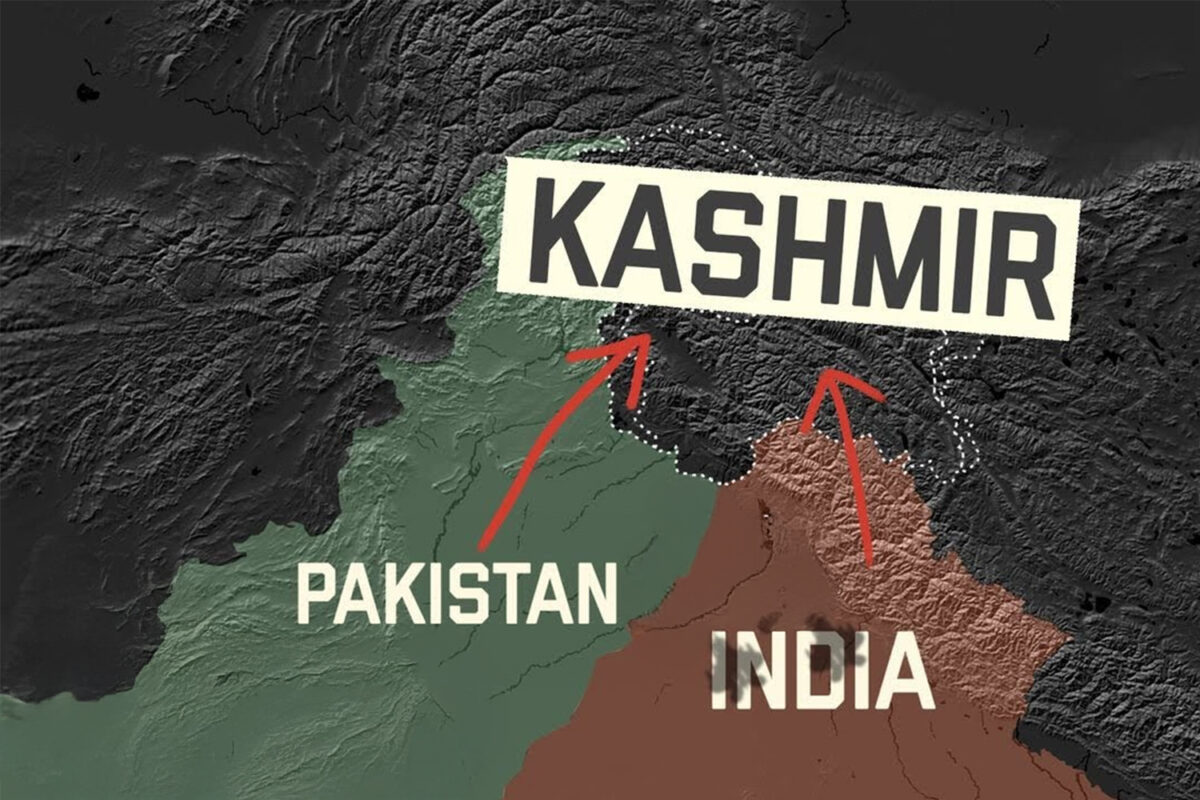US president Donald Trump’s 21st August 2017 speech announcing the country’s latest Afghan strategy gained much international attention. Much of this is due to the fact Trump is the third president grappling with the war which is now 17 years old. Trump presented little that was different from his predecessors and this included working with allies in the region. In his speech Trump praised the role of India, who has gradually increased its presence in Afghanistan. Trump did not mention Iran in his speech, but it has from the very first days of the invasion supported and aided US goals in Afghanistan. In this 5th part of a seven part series RO asses the role of Iran and India in managing Afghanistan.
The Shi’a who reside in West Afghanistan in Herat and constitute around 15% of Afghanistan’s population have long been supported by Iran. In 1979 when the Soviet Union invaded Afghanistan and the revolution took place in Iran the Shia of Afghanistan pledged loyalty to Iran. Following the emergence of the Taliban government Iran stepped up assistance to the Northern Alliance, but relations with the Taliban deteriorated in 1998 after Taliban forces seized the Iranian consulate in the northern Afghan city of Mazar-i-Sharif and executed Iranian diplomats. When the US invaded Afghanistan in 2001 and despite all the antagonism between the US and Iran, in Afghanistan both nations had the same interests and see eye to eye in the country, especially in overthrowing the Taliban. US-Iran have been working together from the early days of the US invasion in Afghanistan.
Tehran provided military and intelligence assistance and expelled al-Qaeda and other Sunni militants from its territory at the US’s request. The Iranian government provided search and rescue for downed US aircrew members and permitted the offloading of humanitarian supplies at its port of Chabahar for transport into Afghanistan and offered access to airfields near the Afghan border for use by US transport aircraft.[1] Iran even gave maps to Washington that revealed Taliban positions in Afghanistan. The Bonn Conference in late 2001, convened to broker Afghanistan’s new government, Iran successfully persuaded the Northern Alliance to support US-backed Hamid Karzai as president.[2] Iran joined the reconstruction of Afghanistan. Most of its contributions have been aimed at developing the Afghan Shi’a communities, especially the ethnic Hazaras and Qizilbash.
In Afghanistan Iran has secured North East Afghanistan for the US and the redevelopment of the area ensured the region didn’t fall to the nationwide insurgency. Iran played an important role for the US in stabilising North-West Afghanistan as outlined by Colonel Christopher Langton, who headed the defence analysis department at the International Institute for Strategic Studies in London, he said, “They [Iran] are being closely linked by efforts against the Taliban in the past, but also because of the influence that Iran can bring there with the Hazara population [who, like Iranians, are Shi’a Muslims]. And in the development sector, there are already projects which Iran is involved in – for instance, the road from Bandar Abbas on the Persian Gulf up through Afghanistan to Central Asia is a very, very important project for the future of Afghanistan…There is a whole list of political, economic, and security issues which connect Afghanistan and Iran.”[3]
Whilst the US is looking to manage Afghanistan through Iran, both countries are not on the same page on all the issues in Afghanistan. Mullah Akhtar Mansour, who took over leadership of the Taliban in a divided and contentious transition in July 2016, began seeking to diversify his sources of money and weapons. Iran moved to formalize its relationship with the Taliban by allowing it open a foreign office in Mashhad, Iran.[4] Mullah Mansoor made a number of visits to Tehran, which was a stunning reversal of relations. On his last visit in May 2016, Mullah Mansour was returning from a trip to Iran, where he had been meeting Iranian security officials and, through Iran, with Russian officials. Afghan officials, Western diplomats and security analysts, and a former Taliban commander familiar with Mullah Mansour’s inner circle confirmed details of the meetings. Iran facilitated a meeting between Mullah Mansour and Russian officials, Afghan officials said, securing funds and weapons from Moscow for the insurgents. This was a step too far for the US and on 21 May 2016, on a desert road in southwestern Pakistan, a US drone struck a taxi, killing the driver and his single customer. The passenger was none other than the leader of the Taliban, Mullah Akhtar Muhammad Mansour returning from a trip to Iran.
Trumps Afghan strategy speech, significantly, mentioned only one other nation – India, which he declared as a key security and economic partner, with whom strategic partnership would be further developed. After the overthrow of the Taliban, India established diplomatic relations with the newly established government. It provided aid and participated in the reconstruction efforts. India has provided $650–750 million in humanitarian and economic aid, making it the largest regional provider of aid for Afghanistan. India’s support and collaboration extends to rebuilding of air links, power plants and investing in health and education sectors as well as helping to train Afghan civil servants, diplomats and police. The Indian Army’s Border Roads Organisation constructed a major road in 2009 in the remote Afghan province of Nimroz, connecting Delaram to Zaranj. This has proved a viable alternative route for the duty-free movement of goods through the Chābahār port in Iran to Afghanistan. For India Afghanistan has long been a country beyond its reach and was firmly in Pakistan’s sphere of control, but the US invasion presented a new opportunity, which Delhi was more then happy to take up. India has taken a small but growing burden from the US in managing Afghanistan
The Afghanistan National Security Forces (ANSF) took over responsibility from the NATO-led Resolute Support Mission in 2015 and now have a capacity of 352,000 personnel. Over 4,000 Afghan officers have been trained in Indian military institutions with an expected increment of 50% in the number of officers being trained in India this year. A report in Jane’s Defence Weekly noted up to 30,000 recruits will be flown to India for training in regimental centres across the north and east of the country as part of the strategic partnership signed between the two countries.[5] The best soldiers will receive additional training at the army’s Counter Insurgency Jungle Warfare School in the state of Mizoram. If India successfully trains the Afghan army it not only achieves US aims of stabilizing Afghanistan but also give India considerable clout in the country, which was for long dominated by Pakistan. It will give India valuable intelligence into Pakistan and also allow India to interfere in Pakistan through its influence over the Afghan security forces.
India and Iran have played central roles in stabilizing Afghanistan and the US views them as key players for the future of the country. The US views outsourcing the burden of the war to these countries as a cost-effective measure as well as a more politically acceptable solution for the US public who have grown tired of the war.
[1] http://www.mepc.org/us-iran-engagement-through-afghanistan
[3] http://www.parstimes.com/news/archive/2005/rfe/afghanistan_iran_relations.html
[4] https://www.nytimes.com/2017/08/05/world/asia/iran-afghanistan-taliban.html?mcubz=1
[5] https://www.thenational.ae/world/asia/india-plans-to-train-30-000-afghan-soldiers-1.599599




